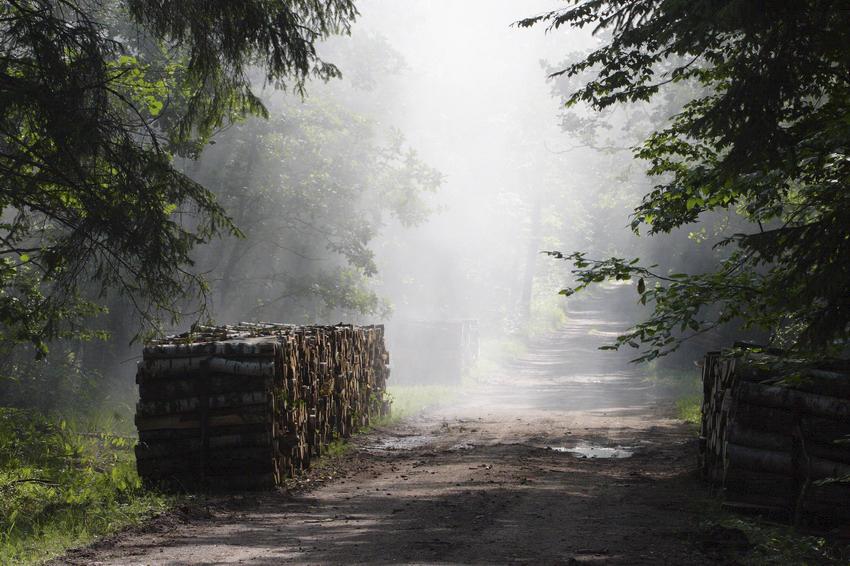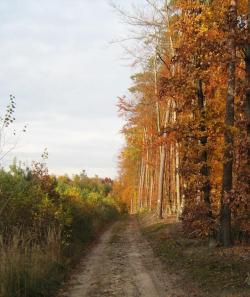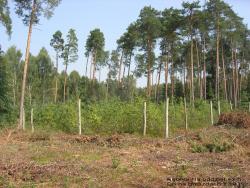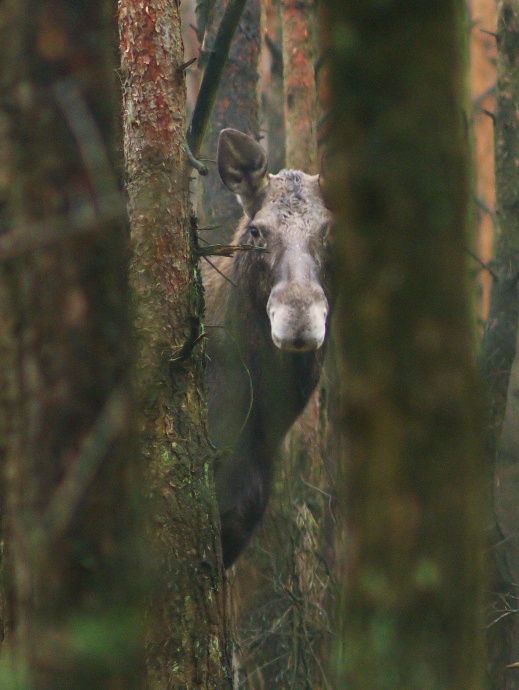 Asset Publisher
Asset Publisher
The State Forests National Forest Holding
The State Forests National Forest Holding is the largest organisation in the European Union managing forests, which belong to the State Treasury and celebrating its 90 anniversary this year.
Presently, we manage the area of one third of Poland's territory. Not long after the end of the Second World War, there was only 21 % of the area. Every year we plant 500 million of new trees, as we want Polish forests grow all the time.
Every year Polish foresters plant 500 million of trees.
85 % of nature reserves in Poland are located within the State Forests. 40 % of the forests managed by General Directorate of the State Forests are protected within the framework of European network Natura 2000. We fight against many threats: natural disasters, plaques of insects, trees' diseases, fires, pollutions, as well as poaching and vandalism.
We take care the forestry supplying the market with timber, as ecological and universal material, to be carried on in accordance with rules of balanced development (photography P.Fabjański).
One of our major tasks is making forests accessible to the society. We invite you to take advantage of these beautifully located within the forest wilderness holiday resorts, forester's lodges or guest rooms. That is for you, we create thousand kilometres of hiking trails, cycling paths or camping sites. All the above mentioned, you can find in service www.czaswlas.pl.
We also take care the forestry supplying the market with timber, as ecological and universal material, to be carried on in accordance with rules of balanced development. We obtain over 30 million of cubic meters of wood annually, twice as much as at the beginning of the nineties of the XX century.
Despite of this, the average of wood abundance per hectare of our forests is one fourth bigger than 20 years ago and 40% bigger than the average of European Union currently amounts.
In Poland in sectors connected with the forestry, there work about 375 thousand of people. It means that each 40 working Pole works in the forest.
In Poland in sectors connected with the forestry, there work about 375 thousand of people. It means that each 40 working Pole works in the forest. The sector of wood processing works out approximately 8 % of our GDP (Gross Domestic Product). Among others, thanks to the timber from the State Forests Poland is the 10 largest producer of furniture in the world, and the 4 largest furniture exporter.
The State Forests employ 25 thousand people. That way we are the 9 biggest employer in Poland. Among the largest companies in our country it takes 22 place in respect of its incomes and 11 place in respect of its profits. The value of assets, we manage, reaches 300 million zl. If we add social values, it will be worth one billion zlotych. We do not use money from the budget, but we earn money on our own to support the business. In spite of the financial crisis, since 2002, we continuously note down profits. Moreover, we pay taxes amounting 1,3 billion zl annually.
87 % of Poles think, the foresters are competent. We willingly share our knowledge of Polish forests, of their history and of nature values with the others. We publish books, periodicals, brochures; we also administer the website www.lasy.gov.pl . For children, the youth and teachers, we prepared internet service "E-lynx' Lynx Forest" (www.erys.pl). Our staff has supported schools in field of nature education for years. We also organise many actions to let people broaden their knowledge about forest, nature and ecology.
 Asset Publisher
Asset Publisher
 Asset Publisher
Asset Publisher
Lasy Nadleśnictwa
Lasy Nadleśnictwa
Nadleśnictwo Puławy zarządza lasami o powierzchni prawie 16 tys. ha, składającymi się z dziesiątków kompleksów rozrzuconych wśród rolniczego krajobrazu województwa lubelskiego.
Nadleśnictwo Puławy zarządza lasami o powierzchni prawie 16 tys. ha, składającymi się z dziesiątków kompleksów rozrzuconych wśród rolniczego krajobrazu województwa lubelskiego w powiatach: puławskim, ryckim, lubelskim i opolskim.
Pod względem fizjologicznym są to tereny po pograniczu Niziny Mazowieckiej, Wyżyny Lubelskiej i Równiny Radomskiej, rozdzielonych pradolinami Wisły i Wieprza. Takie położenie sprawia, że występują tu bardzo różnorodne formy ukształtowania terenu - od płaskich równin po wysoczyzny pocięte głębokimi wąwozami. Także różnorodna budowa geologiczna sprawia, że tutejsze gleby - a co za tym idzie również szata roślinna - prezentują dużą zmienność i są to biotopy 14 typów siedliskowych lasu.
Tereny w zasięgu Nadleśnictwa pod wieloma względami mają charakter szczególny. Jest to obszar o strategicznym znaczeniu dla funkcjonowania przyrody Europy Środkowej. Pradoliny Wisły i Wieprza to korytarze ekologiczne o wysokiej naturalności, rzadkiej już w Europie, objęte konwencją Ramsar. Obszar ten od lat 70 ubiegłego wieku poddany został szczególnej presji jednego z najbardziej uciążliwych dla przyrody zakładu przemysłowego w kraju - Zakładów Azotowych Puławy, którego emisje zdewastowały, bądź poważnie uszkodziły tysiące hektarów lasu. W połowie lat 80 podjęto prace ograniczające zanieczyszczenie powietrza oraz działania rekultywacyjne na terenach wylesionych. Wśród terenów zdegradowanych przez emisje oraz inne czynniki antropogeniczne, dzięki inicjatywie władz terenowych, leśników i przyrodników, udało się przywrócić do stanu naturalności obiekty wodne i bagienne o powierzchni około 200 ha. Dziś objęte są one ochrona jako rezerwat przyrody oraz użytki ekologiczne z licznymi gatunkami reintrodukowanych rzadkich i chronionych roślin, zasiedlone przez bardzo liczną i różnorodną faunę.
Głównym problemem w lasach nadleśnictwa jest regeneracja osłabionych przez emisje drzewostanów i doprowadzenie ich do stanu możliwie sprawnie działającej biocenozy leśnej, mogącej sprostać zadaniom lasu wielofunkcyjnego. Problemy natury ekologicznej, jakie zdominowały gospodarkę nadleśnictwa, oraz pozytywne efekty podjętej renaturyzacji terenów zdewastowanych stały się impulsem do podjęcia działań edukacyjnych. W tym celu wokół uroczyska PISKORY, w odległości kilku kilometrów od Puław wytyczono i urządzono trasę o długości 44 km, podzieloną na cztery ścieżki edukacyjne.
Niezależnie od istniejących problemów natury środowiskowej i gospodarczej tutejsze lasy prezentują dużą różnorodność ekosystemów, miejscami o wysokiej naturalności. Całość dopełniają miejsca z licznymi zabytkami - od najcenniejszych w Kazimierzu Dolnym i Puławach, do rozproszonych wśród lasów i pól pamiątek burzliwej historii tych ziem.


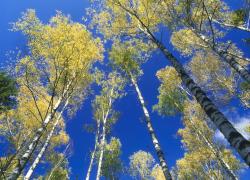 fot. Paweł Fabijański
fot. Paweł Fabijański
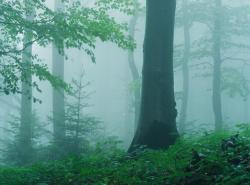 fot. Paweł Fabijański
fot. Paweł Fabijański
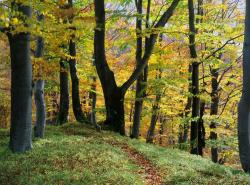 fot. Paweł Fabijański
fot. Paweł Fabijański
